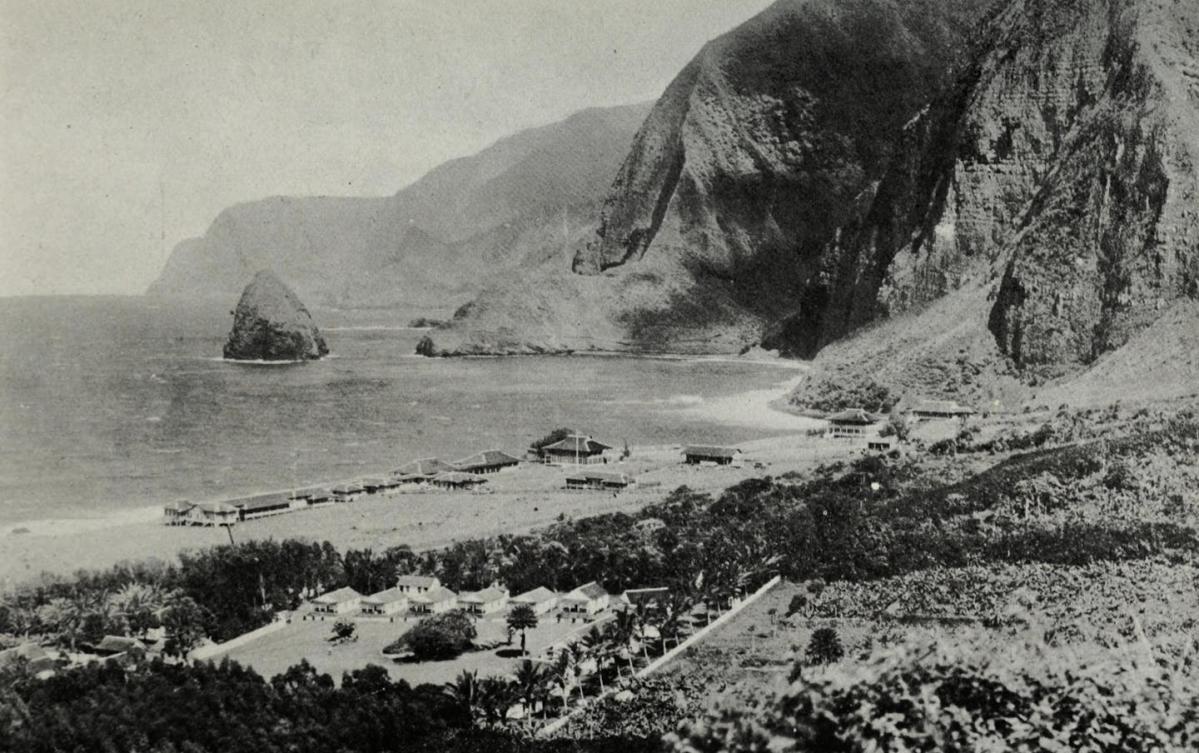Hansen’s disease, also called leprosy, is treatable today – and that’s partly thanks to a remarkable boom and the work of a pioneering young scientist in the 1920s. Centuries before its discovery, sufferers had no cure for the debilitating symptoms of leprosy or its social stigma.
This young scientist, Alice Ball, laid the fundamental foundation for the first effective leprosy treatment worldwide. But her legacy continues to spark conversations about the marginalization of women and people of color in contemporary science.
As a bioethicist and historian of medicine, I have studied Ball’s contributions to medicine, and I am pleased that she is increasingly being recognized for her work, especially in the field of a disease that continues to be stigmatized.
Who was Alice Ball?
Born in Seattle, Washington, in 1892, Alice Augusta Ball became the first woman and first African American to earn a master’s degree in science from the College of Hawaii in 1915, after completing her studies in pharmaceutical chemistry the year before.

Alice Augusta Ball, who created The Ball Method, a treatment for leprosy that did not cause uncontrollable side effects.
After receiving her master’s degree, the university hired her as a research chemist and instructor, and she became the first African American with that title in the chemistry department.
Impressed by her master’s thesis on the chemistry of the kava plant, Dr. Harry Hollmann of the US Public Health Service Leprosy Research Station in Hawaii Ball. At the time, leprosy was a major public health problem in Hawaii.
Doctors now understand that leprosy, also called Hansen’s disease, is minimally contagious. But in 1865, the fear and stigma associated with leprosy led authorities in Hawaii to implement a mandatory segregation policy, ultimately isolating those with the disease on a remote peninsula on the island of Molokai. In 1910, more than 600 lepers lived in Molokai.
This policy had an overwhelming impact on the native Hawaiians, who made up more than 90% of all exiled to Molokai.
The meaning of chaulmoogra oil
Doctors had tried almost every conceivable remedy to treat leprosy, even experimenting with dangerous substances such as arsenic and strychnine. But the only consistently effective treatment was chaulmoogra oil.
Chaulmoogra oil is extracted from the seeds of the chaulmoogra tree. Doctors in India and Burma have used this oil for centuries as a treatment for various skin diseases. But there were limitations to the treatment and it had only marginal effects on leprosy.
The oil is very thick and sticky, making it difficult to rub into the skin. The drug is also notoriously bitter, and patients taking it often began vomiting. Some doctors experimented with injections of the oil, but this caused painful pimples.

The ball method
If researchers could harness the healing potential of chaulmoogra without the nasty side effects, the tree’s seeds could revolutionize the treatment of leprosy. So Hollmann turned to Ball. In a 1922 article, Hollmann documents how 23-year-old Ball discovered how to chemically convert chaulmoogra into an injection that had none of the side effects.
The Ball Method, as Hollmann called her discovery, transformed chaulmoogra oil into the most effective treatment for leprosy until the introduction of sulfones in the late 1940s.
In 1920, the Ball method successfully treated 78 patients in Honolulu. A year later, another 94 were treated, with the CDC noting that the morale of all patients improved dramatically. For the first time there was hope for a cure.
Tragically, Ball did not get the chance to enjoy this achievement, as she died within a year at the age of just 24, likely from exposure to chlorine gas in the laboratory.
Ball’s legacy, lost and found
Ball’s death prevented her from publishing her research. Arthur Dean, chairman of the chemistry department at the College of Hawaii, took over the project.
Dean mass-produced the treatment and published a series of articles on chaulmoogra oil. He called Ball’s method the “Dean Method,” and he never credited Ball for her work.
Ball’s other colleagues tried to protect Ball’s legacy. A 1920 article in the Journal of the American Medical Association praises the Ball method, while Hollmann clearly mentions Ball in his own 1922 article.
Ball is described in detail in a 1922 article in Volume 15, Number 5, of Current History, an academic publication on international affairs. That article appears in a June 1941 issue of Carter G. Woodson’s “Negro History Bulletin,” which references Ball’s achievement and untimely death.
Joseph Dutton, a respected religious volunteer in the leprosy settlements on Molokai, further referred to Ball’s work in a 1932 memoir that was widely published for a popular audience.
Historians such as Paul Wermager later provided a modern reckoning with Ball’s poor treatment by Dean and others, ensuring that Ball received proper credit for her work. Following the work of Wermager and others, the University of Hawaii honored Ball in 2000 with a bronze plaque, placed on the last remaining chaulmoogra tree on campus.
In 2019, the London School of Hygiene and Tropical Medicine added Ball’s name to the building’s exterior. Ball’s story was even featured in a 2020 short film, “The Ball Method.”
The Ball Method represents both a scientific achievement and a history of marginalization. A young woman of color pioneered a medical treatment for a highly stigmatizing disease that disproportionately affected an already disenfranchised indigenous population.
In 2022, then-Gov. David Ige declared February 28 as Alice Augusta Ball Day in Hawaii. It was only fitting that the ceremony took place on the Mānoa campus in the shade of the chaulmoogra tree.
This article is republished from The Conversation, an independent nonprofit organization providing facts and trusted analysis to help you understand our complex world. It was written by: Mark M. Lambert, Des Moines University
Read more:
Mark M. Lambert does not work for, consult with, own shares in, or receive funding from any company or organization that would benefit from this article, and has disclosed no relevant affiliations beyond their academic appointment.

